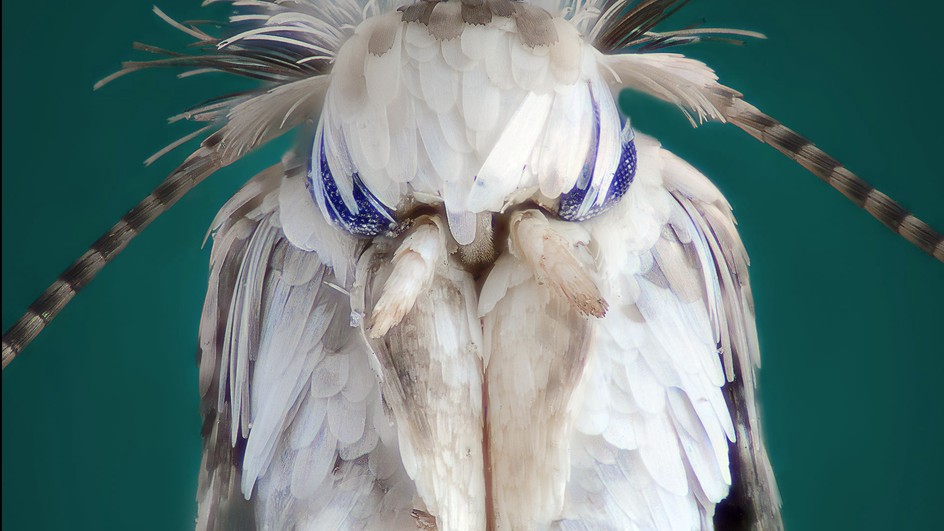
Artiste-professeure invitée
2021 - 2022
Edith Dekyndt
Born in 1960 in Ypres (Belgium)
Edith Dekyndt (b. 1960, Ypres, Belgium) lives and works in Brussels and Berlin. Selection of recent exhibitions include : Kunstenfestival Watou, La Lovie, Belgium, 2021, You and I Don't Live on the Same Planet, Taipei Biennial, Taïwan 2021, Riga International Biennial of Contemporary Art, Riga, Latvia (2020); They Shoot Horses, Kun-sthalle Hamburg, Germany (2019); The Black, The White, The Blue, Kunsthaus Hamburg, Germany (2019); Convex, Concave, Belgian Contemporary Art, TANK, Shanghai, China (2019); Biennalsur, Biennial Internacional de Arte Contemporeana de America del Sur, Musee de la inmigracion, Buenos Aires, Argentina (2019); Luogo e Segni, Punta della Dogana, Pinault collection, Venice, Italy (2019); Beaufort Triennial, Belgian Coast, 2018, Viva Arte Viva, 57th edition of the Venice Biennale, Italy (2017); Ombre Indigene, Wiels, Brussels, Belgium (2016); Théoreme des Foudres, Le Consortium, Dijon, France (2015).
Edith Dekyndt's œuvre is characterised by an absence of formal expressiveness, which confers upon it an appearance of minimalism, although it has but a few connections to it. For more than twenty years, Dekyndt has been relent-lessly working to try and elaborate processes allowing her to dissolve her interiority into her exteriority, as if the personal was an obstacle that needed to be overcome in order to reach a true comprehension of the world. Her work is therefore essentially constituted of physical and technical experiences that are both neutral and very specific. Neutral because they will-ingly abstract themselves from any 'figurative' element, may they be biographical, sociological, historical or psychological; very specific as these experiences aim at being blurred within the very texture of the phenomena which they address, in order to understand them.
Thus for her exhibition at the Consortium in Dijon, Edith Dekyndt has included elements that she associates with Burgundy, in particular the soil which she will contrast with a more urban land-scape when the exhibition travels to the Wiels in Brussels, the crystallisation of wine which will be replaced by the yeast activating the fermen-tation of beer, and the colour red to which will be substituted the copper's green and tar black. At the Consortium, the red tone dominates, in reference both to wine and the altarpiece repre-senting The Last Judgement by Rogier Van der Weyden at the Hospices de Beaune, which a red woollen blanket half covered with gold leaf will pay an homage to. A series of canvases have been covered with animal blood, casein, or wine taken from different stages of its transformation. And although they borrow a painting format, they do not speak its language. Like Edith Dekyndt's works, they attempt to capture the flux of living things as a transformation. A bed sheet buried for 8 months at the back of her studio in Berlin, or a painting buried 3 years in the earth do not testify to degradation and erosion's inevitability, rather they render visible the creative power of exchanges between matters. The exhibition ends with the video of a heap of manure, its smoke escaping in the early morning light. The magni-fied image gives this pile of manure an abstract evocative power, from the battlefield just after the war, to a swarm of micro-organisms.
Edith Dekyndt focuses on operating modes which, by letting invisible forms of life express themselves, allow her to be part of what A.N. Whitehead calls the "universal society of the world". According to Whitehead, what consti-tutes the world is an inseparable ensemble which can only be understood through a "mutual immanence"^1^, access to which is prevented by the frontiers established by the modern project. By attempting to dissolve the limits that these frontiers have drawn between subjectivity and nature, appearance and reality, inert and living, Dekyndt takes part in a contemporary movement that tries to re-articulate what had previously been separated. These past few years, the Presses du Réel have been committed to the publishing of theoretical works motivated by a similar move-ment.^2^ Instead of producing a themed exhibition which always runs the risk of merely becoming an illustration, the decision was taken to invite Edith Dekyndt whose œuvre testifies in itself of a change of aesthetic paradigm, sympathising with a new way of thinking about what connects the human being to his surroundings. Under its apparent simplicity, Edith Dekyndt's œuvre requires, in order to be looked at, that we rethink our expec-tations and our habits. It can then allow us to get a glimpse at new possibilities of being-in-the-world.
1 Alfred North Whitehead, Modes of Thoughts, lesson eight 'Nature Alive', New York: MacMillan, 1938, pp. 202 - 232.
2 Métaphysiques Cosmomorphes -- La fin du monde humain, Pierre Montebello -- * Gestes Spéculatifs*, collective work -- L'appât des possibles, Didier Debaise -- Philosophie des possessions, collective work -- L'autre Métaphysique, Pierre Montebello.

